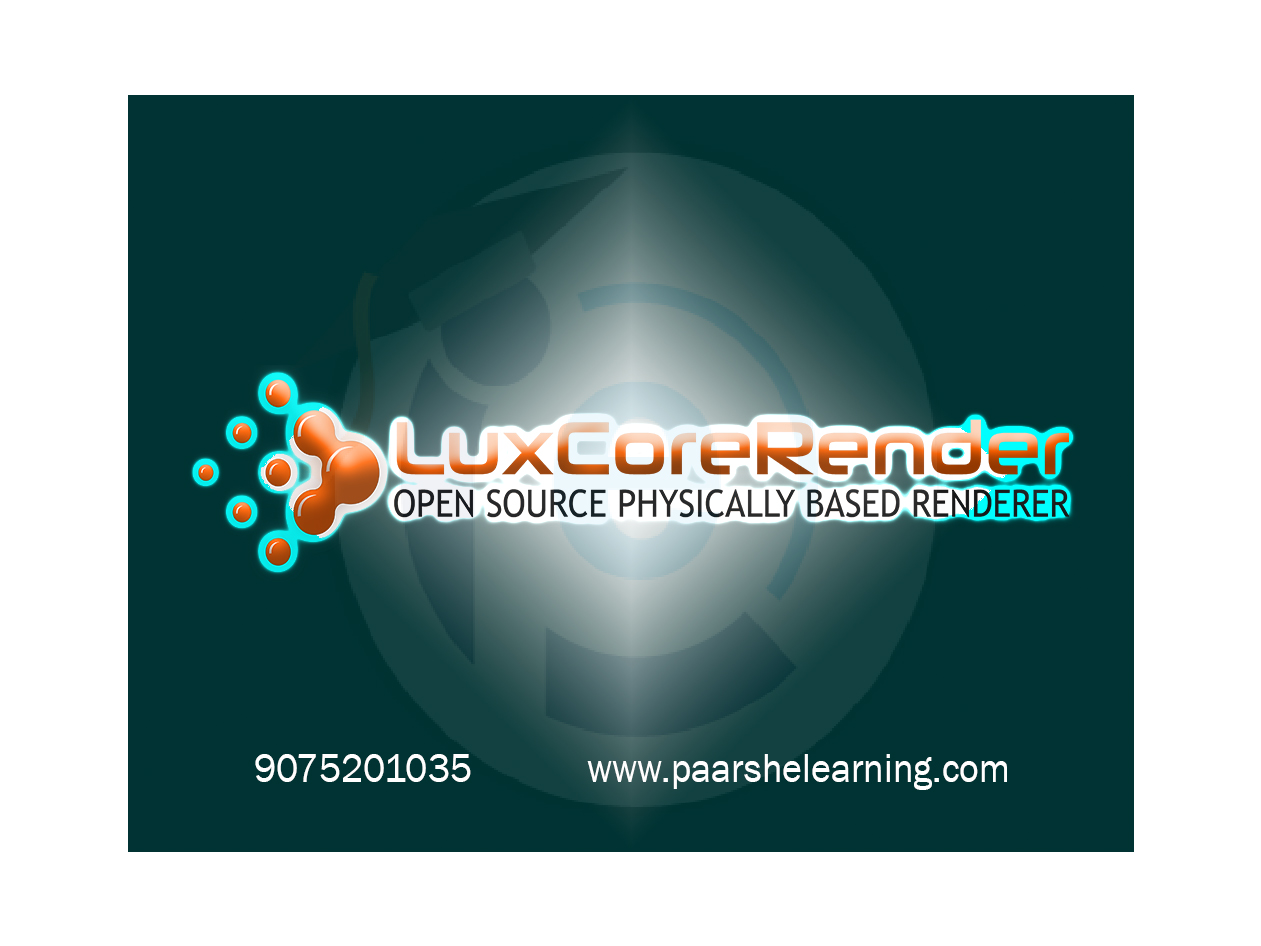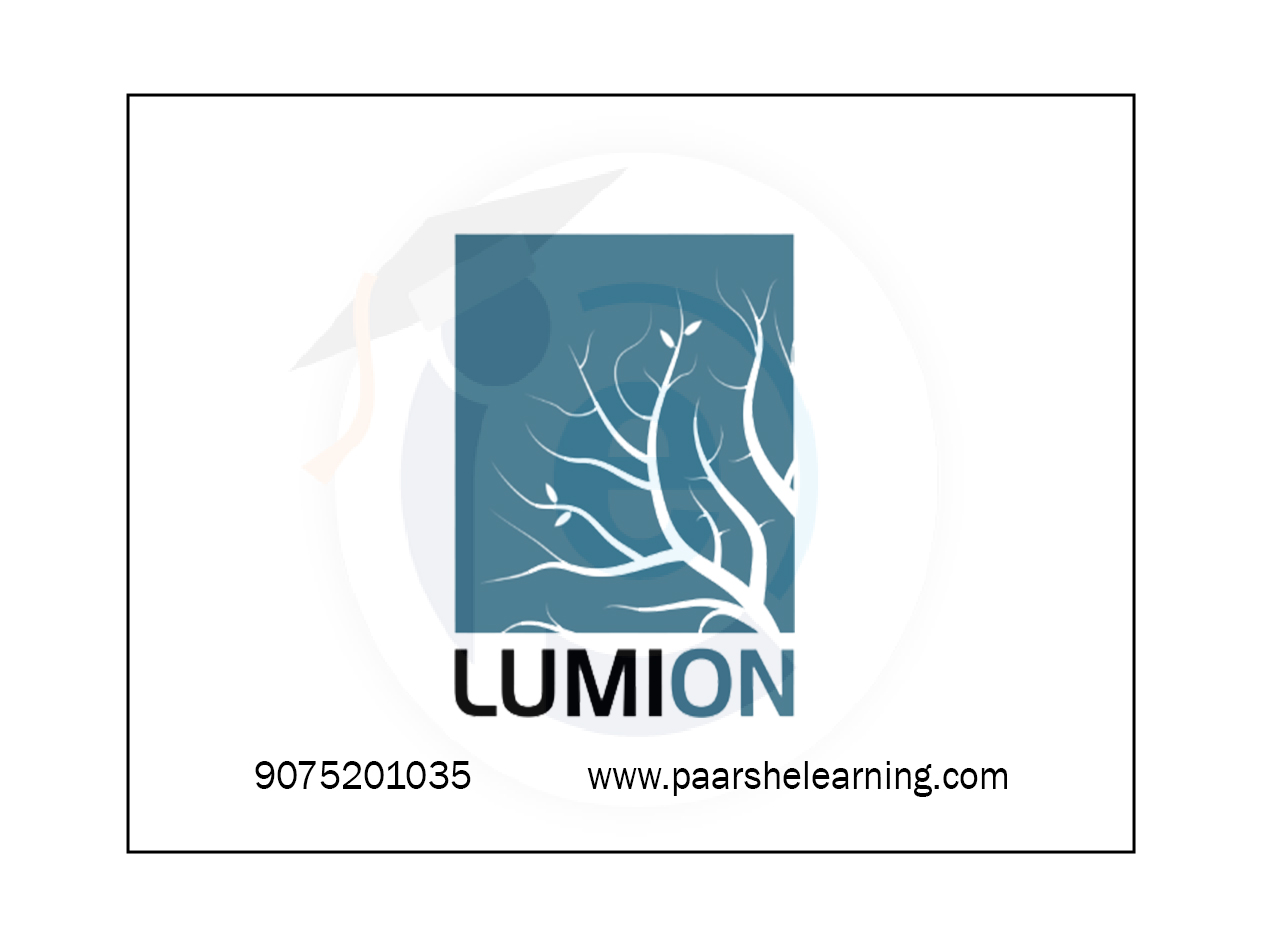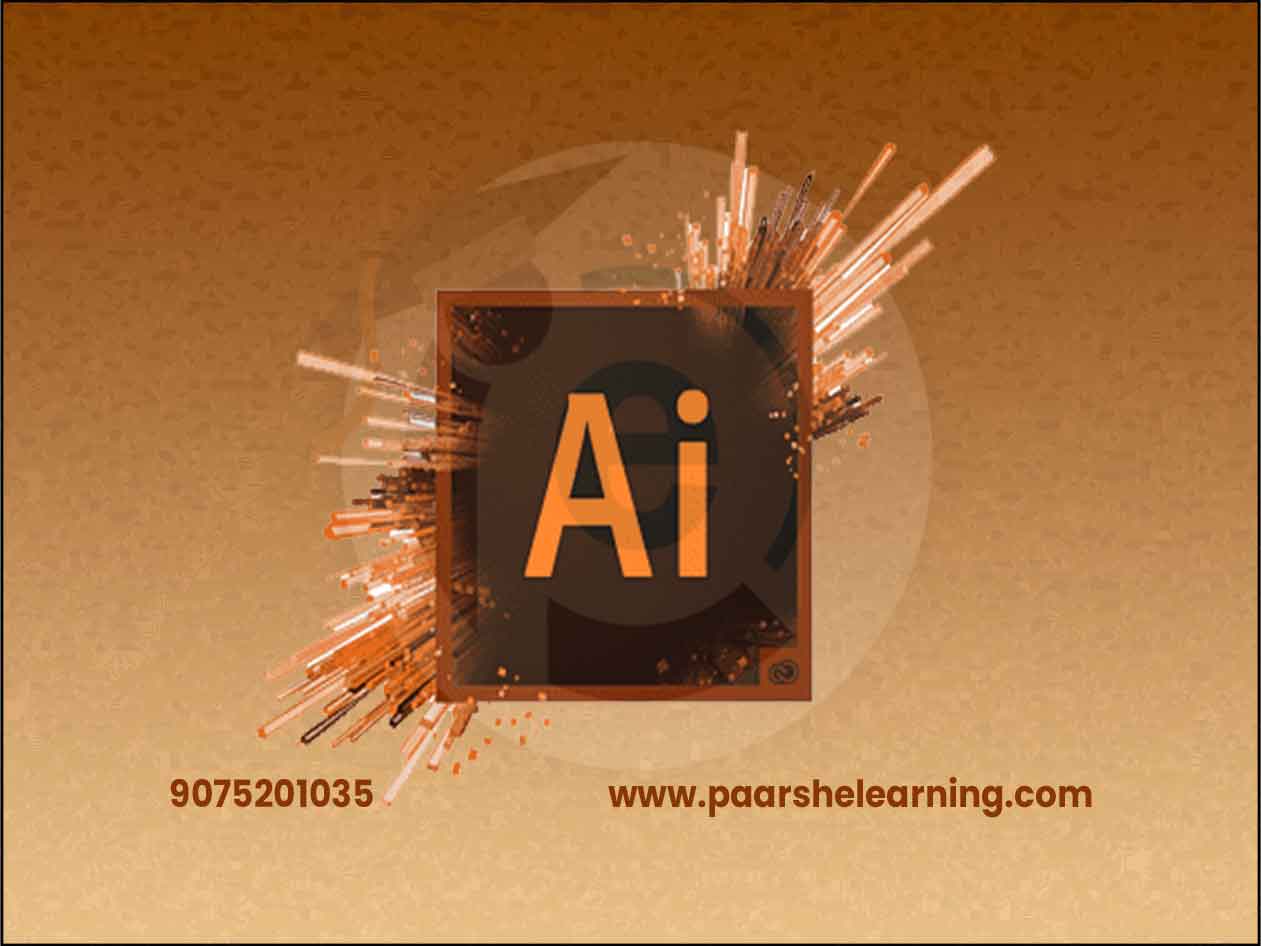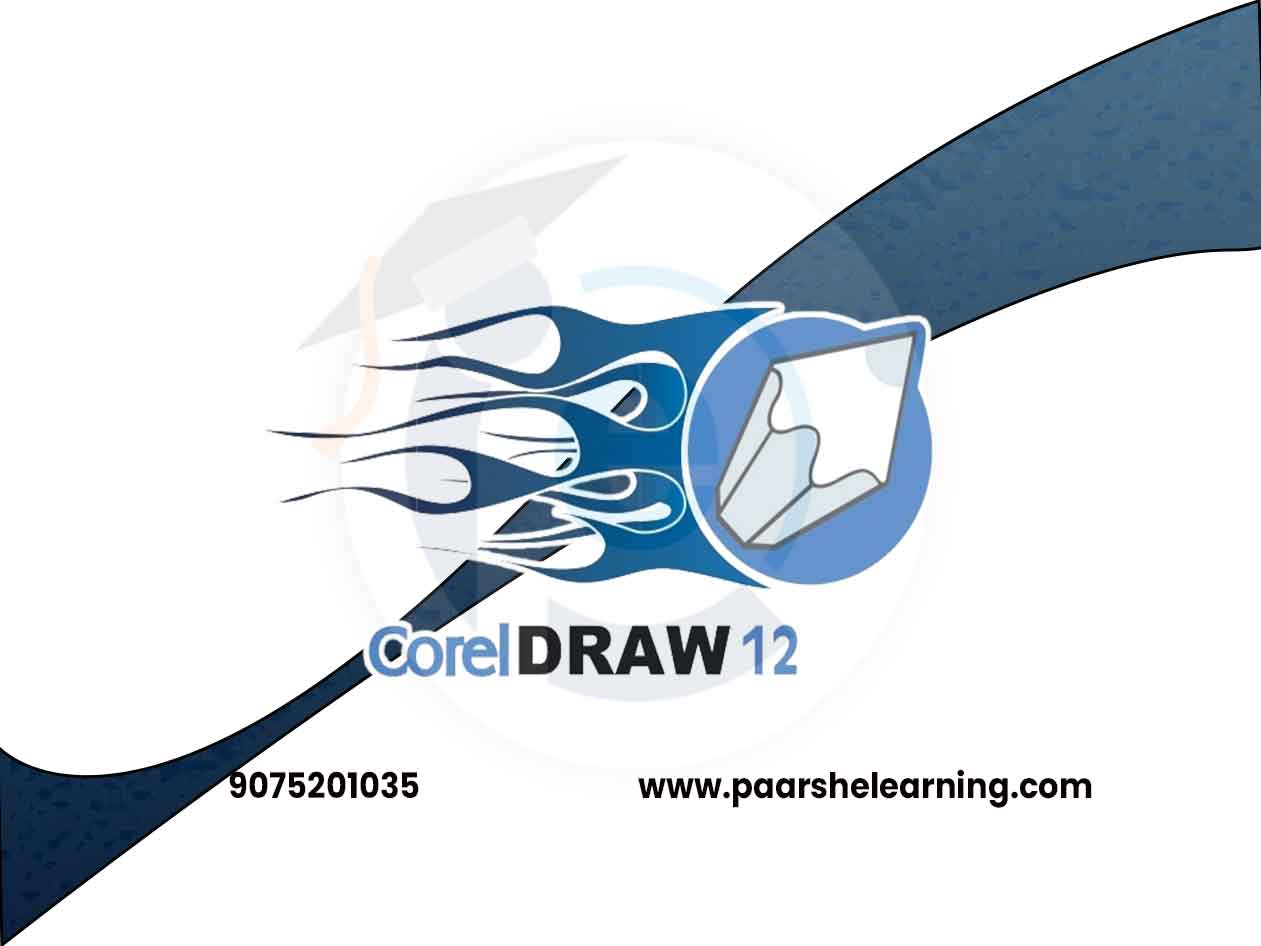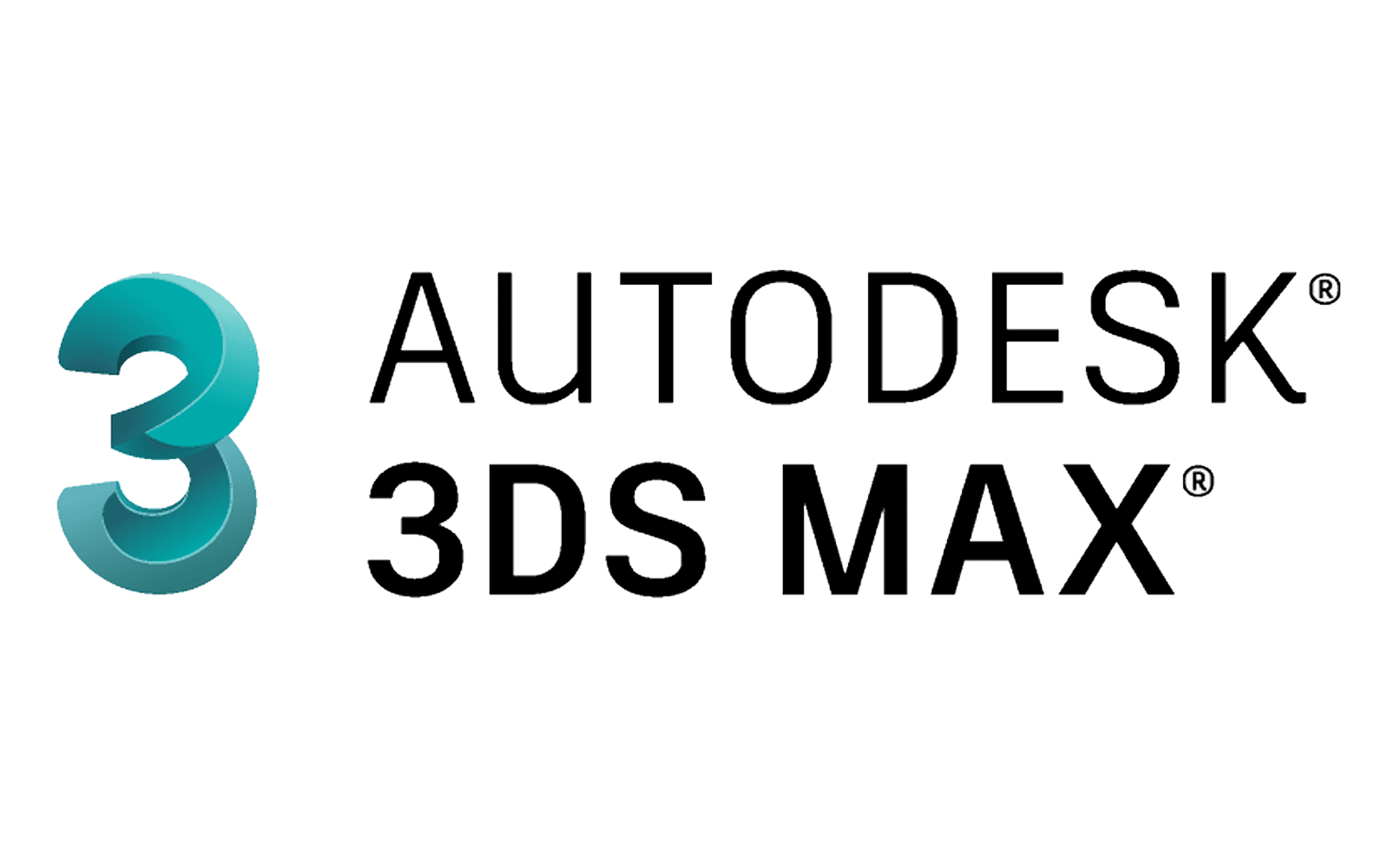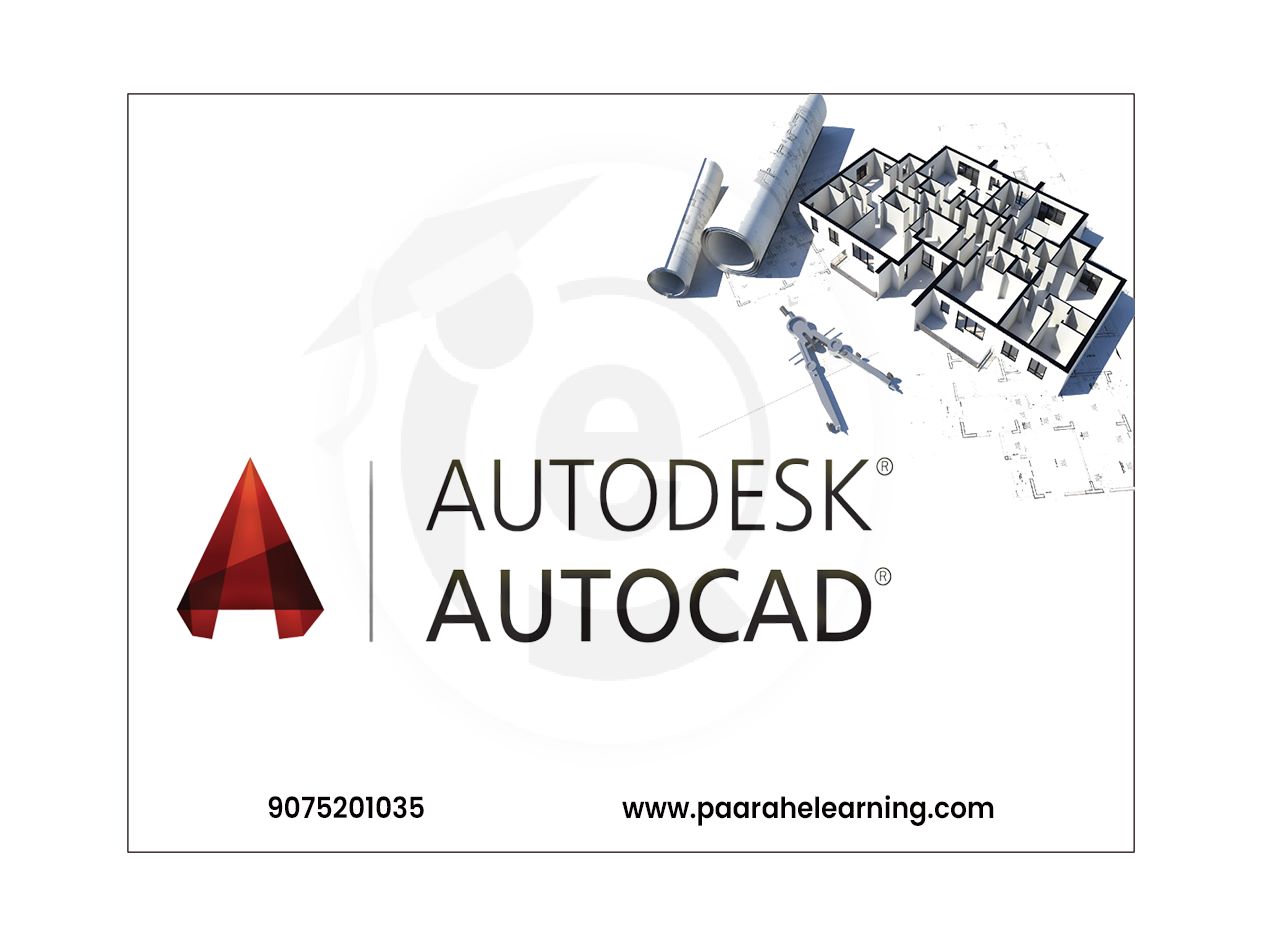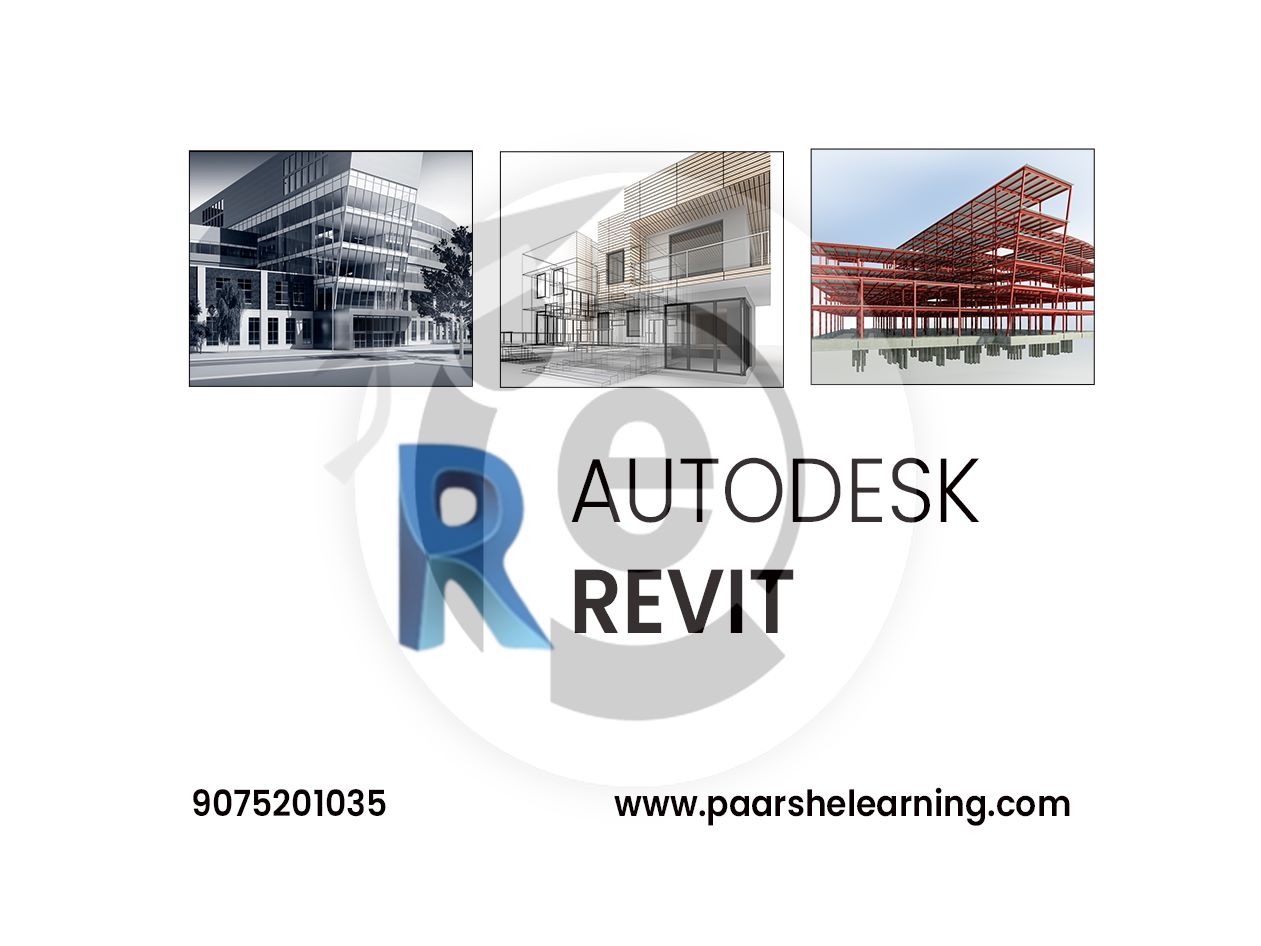- Introduction to LuxCoreRender: You will learn the basics of LuxCoreRender software, its features, and its capabilities.
- Lighting and Materials: You will learn how to create realistic lighting and material properties to achieve accurate and photorealistic results.
- Camera settings and image output: You will learn how to set up cameras and output high-quality images from your scene.
- Advanced rendering techniques: You will learn more advanced techniques such as global illumination, caustics, and volumetrics.
- Integration with other software: You will learn how to integrate LuxCoreRender with other 3D modeling software such as Blender and SketchUp.
- Network rendering: You will learn how to set up and use network rendering to speed up rendering times for large or complex scenes.
LuxCoreRender
Course description
LuxCoreRender is an open-source, physically-based rendering software that provides high-quality and realistic renderings. It is known for its advanced rendering capabilities, flexibility, and extensive feature set. LuxCoreRender is suitable for a wide range of applications, including architectural visualizations, product renderings, visual effects, and more. Here are some key features of LuxCoreRender:
-
Physically-based Rendering: LuxCoreRender uses physically-based rendering techniques to simulate the behavior of light and materials accurately. It takes into account real-world physics, such as light interactions, reflection, refraction, and diffusion, to create realistic and visually accurate renderings.
-
Global Illumination: LuxCoreRender supports various global illumination algorithms, including path tracing, bidirectional path tracing, and photon mapping. These algorithms allow for the accurate simulation of indirect lighting, caustics, and realistic light interactions within a scene.
-
Material System: LuxCoreRender provides a versatile and flexible material system. It supports a wide range of material properties, including diffuse, glossy, transparent, emissive, and volumetric materials. Users can create complex material setups with different layers and textures to achieve realistic material appearances.
-
Realistic Lighting: LuxCoreRender offers accurate lighting simulation, including the simulation of area lights, point lights, spotlights, and HDRI environments. Users have control over various lighting parameters, such as light intensity, color, and falloff, to create realistic and compelling lighting setups.
-
GPU and CPU Rendering: LuxCoreRender supports both GPU and CPU rendering, allowing users to take advantage of the power of modern GPUs or use the CPU for rendering. This flexibility provides options for faster rendering times and scalability based on the available hardware resources.
-
Denoising: LuxCoreRender includes denoising algorithms that help reduce noise in renderings, resulting in cleaner and smoother images. Denoising techniques help to achieve faster convergence and cleaner results, especially in situations where high sample counts are not feasible.
-
Open-source and Extensibility: LuxCoreRender is open-source software, which means its source code is freely available, and developers can contribute to its development and customization. This allows for the development of plugins, integrations, and extensions to expand its functionality and adapt it to specific workflows or requirements.
-
Integration with 3D Software: LuxCoreRender integrates with popular 3D modeling and animation software, including Blender, Autodesk 3ds Max, and others. This seamless integration allows users to easily transfer their 3D scenes from their modeling software to LuxCoreRender for rendering without the need for complex file conversions.
-
Post-processing Effects: LuxCoreRender provides a range of post-processing effects, including tone mapping, bloom, depth of field, and more. These effects can be applied to enhance the final rendered images and add artistic touches.
-
Community and Support: LuxCoreRender has an active and supportive community of users and developers who provide assistance, share knowledge, and contribute to the improvement of the software. Users can access forums, documentation, tutorials, and other resources to learn and get help with LuxCoreRender.
LuxCoreRender is a powerful and flexible rendering solution that offers high-quality and realistic renderings. Its open-source nature, extensive feature set, and active community make it a popular choice among 3D artists and professionals who require advanced rendering capabilities.
What you will learn from this course?
This course includes!
- Daily Live session
- A recorded session with problem-solving material
- Access on Mobile and TV
- Certificate of completion
- Recommendation Letter
- Job Assistance
This course is for
- 3D artists: LuxCoreRender is a popular choice among 3D artists who want to create photorealistic images for their projects.
- Architects and designers: LuxCoreRender is well-suited for architectural visualization and product design, and can help architects and designers create realistic visualizations of their designs.
- Hobbyists and enthusiasts: Anyone interested in 3D modeling and rendering can benefit from learning LuxCoreRender, whether as a hobby or as part of their professional development.
- Students: Students studying architecture, design, or 3D modeling can benefit from learning LuxCoreRender as part of their coursework or personal projects.
Prerequisites for this course
- Familiarity with 3D modeling software: You should be familiar with basic 3D modeling concepts such as object creation, transformation, and manipulation.
- Understanding of lighting and materials: You should have a basic understanding of lighting and material properties such as reflectivity, transparency, and roughness.
- Knowledge of rendering settings: You should be familiar with rendering settings such as camera placement, image resolution, and output formats.
- Basic computer skills: You should have basic computer skills such as file management, software installation, and using a text editor.
- Design or architecture knowledge: A Lumion course is intended for architects, designers, and other professionals involved in the creation of architectural or design visualizations, so some knowledge of design principles and architectural terminology may be beneficial.
Luxcorerender
-
Introduction To Luxcorerender And Rendering Basics
Understanding the role of LuxCoreRender in rendering and visualization Introduction to LuxCoreRender interface and features Installing and setting up LuxCoreRender for different platforms Basics of rendering principles and techniques
-
Scene Setup And Importing
Preparing 3D models and scenes for rendering Importing 3D models from various design software Organizing and optimizing the scene for LuxCoreRender Applying basic materials and textures to objects
-
Material Creation And Advanced Texturing
Creating realistic materials using LuxCoreRender's material editor Adjusting material properties: reflectivity, roughness, etc. Using physically accurate material models like PBR Applying procedural textures and complex material setups
-
Lighting And Environment Setup
Adding lights to the scene: natural light, artificial lights, etc. Adjusting lighting parameters for realism and mood Using HDRIs for realistic lighting and reflections Creating physically accurate lighting setups
-
Cameras And Composition
Setting up cameras and viewpoints for rendering Using depth of field and camera effects Creating compositions and camera angles Applying camera effects: vignetting, chromatic aberration, etc.
-
Rendering Settings And Optimization
Adjusting rendering settings for quality and speed Understanding global illumination and caustics Using LuxCoreRender's sampling parameters for noise reduction Tips for optimizing rendering times
-
Post-processing And Integrations
Introduction to LuxCoreRender's post-processing features Using image editing software for enhancements Exploring LuxCoreRender integrations with other software Integrating LuxCoreRender into various design workflows
-
Real-world Applications And Final Projects
Applying LuxCoreRender to architectural visualization, visual effects, etc. Students work on individual or group projects applying LuxCoreRender to specific domains Instructor guidance and feedback during project development Final project presentations and evaluations
-
Paarsh E-Learning encourages hands-on practice and projects throughout the course to reinforce students' understanding of LuxCoreRender concepts. Depending on the goals of the course, you can emphasize different aspects of LuxCoreRender, such as material creation, lighting, rendering settings, post-processing, or integration with other software. Make sure to cover both the theoretical foundations and practical implementation of LuxCoreRender.
